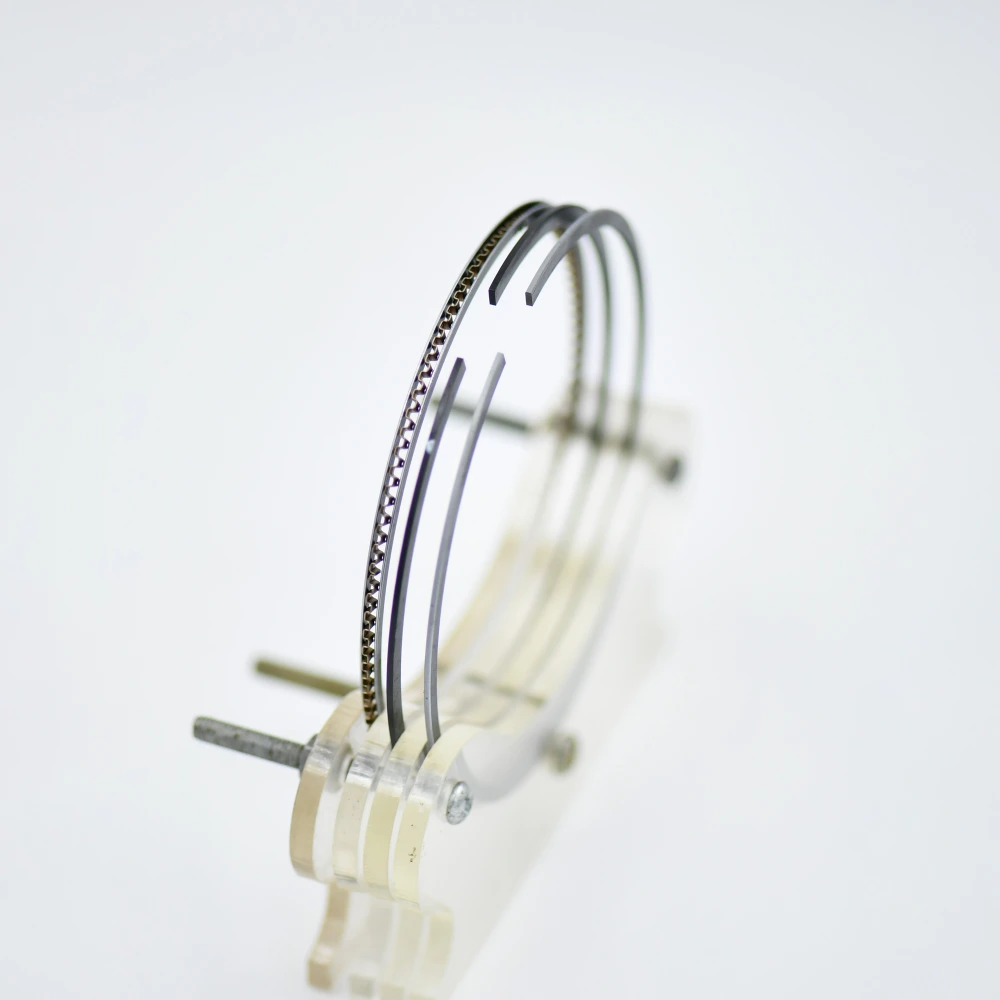Kraft paper, known for its strength and versatility, has become a staple in various industries, from packaging to arts and crafts. However, while its benefits are widely celebrated, it is equally important to consider the disadvantages that come with its use. This article delves into the multifaceted drawbacks of kraft paper, providing a nuanced understanding for businesses and consumers alike.
- Environmental Concerns
While kraft paper is often marketed as an eco-friendly alternative to plastic, it is not without its environmental drawbacks. The production process of kraft paper involves significant energy consumption and the use of chemicals, particularly during the pulping process. Although many manufacturers are adopting sustainable practices, the reality remains that the sourcing of wood pulp can lead to deforestation and habitat destruction if not managed responsibly. Moreover, the recycling process for kraft paper can be complicated, especially when it is contaminated with food or other materials, which can hinder its recyclability.
- Limited Moisture Resistance
One of the notable disadvantages of kraft paper is its susceptibility to moisture. Unlike plastic or other synthetic materials, kraft paper does not provide a waterproof barrier. This limitation can be particularly problematic in industries where product integrity is paramount, such as food packaging or shipping. When exposed to moisture, kraft paper can weaken, leading to potential product damage and increased costs for businesses due to returns or replacements.
- Aesthetic Limitations
While kraft paper has a rustic charm that appeals to many consumers, its aesthetic limitations can be a drawback in certain applications. For high-end packaging or products that require a polished appearance, kraft paper may not meet the desired visual standards. The natural brown color and texture may not align with branding strategies that emphasize luxury or sophistication. As a result, businesses may need to invest in additional treatments or coatings to enhance the visual appeal of kraft paper, which can increase production costs.
- Strength and Durability Issues
Although kraft paper is known for its strength, it is not invulnerable. Under certain conditions, such as heavy loads or sharp objects, kraft paper can tear or puncture. This limitation can be a significant concern in shipping and packaging, where the integrity of the material is crucial for protecting products during transit. Businesses must carefully assess the weight and nature of the items being packaged to ensure that kraft paper is suitable for their needs.
- Cost Considerations
While kraft paper is often perceived as a cost-effective solution, the reality can be more complex. The initial cost of kraft paper may be lower than that of other materials, but when factoring in the potential for product damage, aesthetic enhancements, and the need for additional protective coatings, the overall expenses can add up. Furthermore, fluctuations in the price of raw materials can impact the cost-effectiveness of kraft paper, making it less predictable for businesses that rely on stable pricing for budgeting purposes.
- Limited Customization Options
Kraft paper, due to its natural composition, has limited options for customization compared to synthetic materials. While it can be printed on, the quality of printing may not match that of glossy or coated papers. This limitation can affect branding efforts, as businesses may struggle to achieve the desired color vibrancy and detail in their designs. For companies looking to create a strong visual identity, this can be a significant drawback.
Conclusion
In conclusion, while kraft paper offers numerous advantages, it is essential to recognize its disadvantages to make informed decisions. Environmental concerns, moisture susceptibility, aesthetic limitations, strength issues, cost considerations, and limited customization options all play a role in determining whether kraft paper is the right choice for a specific application. By weighing these factors carefully, businesses and consumers can better navigate the complexities of material selection, ensuring that they choose solutions that align with their values and operational needs. As the demand for sustainable materials continues to grow, it is crucial to approach kraft paper with a balanced perspective, acknowledging both its strengths and weaknesses.

Average Rating